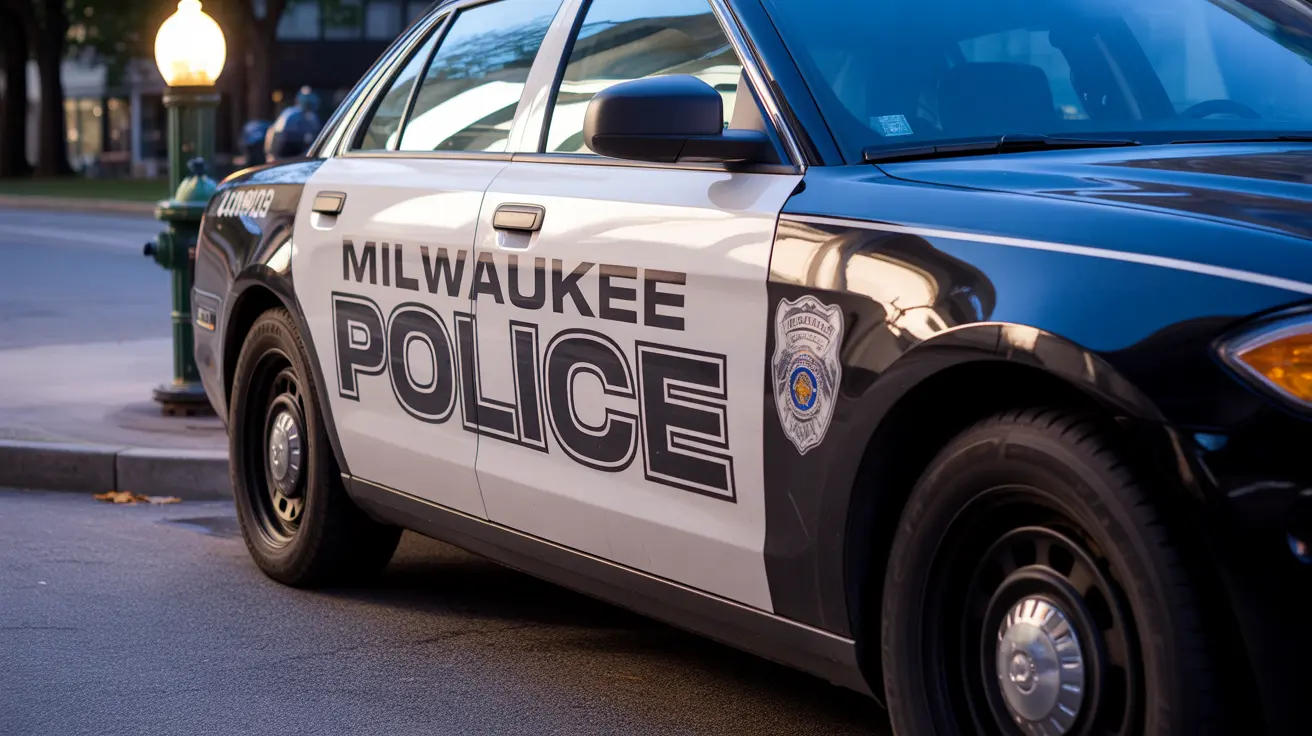Understanding the Scope of Animal Hoarding
Animal hoarding situations often present significant challenges for both law enforcement and animal welfare organizations. In this Milwaukee case, the variety of species found – from common pets to exotic animals – demonstrates the comprehensive nature of the problem. The presence of multiple species requires specialized handling and care protocols during rescue operations.
Signs of Animal Hoarding to Watch For
- Multiple animals kept in confined spaces
- Deteriorating living conditions
- Inability to provide adequate care for all animals
- Resistance to reducing the number of animals
- Denial about the animals' living conditions
Public Safety Concerns in Animal Hoarding Cases
This incident underscores the significant public safety risks associated with animal hoarding situations. The combination of overcrowded living conditions, potentially stressed animals, and the presence of weapons created a particularly dangerous scenario for responding officers and animal control personnel.
Role of MADACC Animal Rescue
The Milwaukee Area Domestic Animal Control Commission (MADACC) plays a crucial role in addressing such cases. Their expertise in handling various species and providing immediate care for rescued animals is essential in ensuring positive outcomes for animals removed from hoarding situations.
Legal Framework and Animal Welfare
Wisconsin's animal cruelty laws provide the foundation for addressing cases of animal neglect and hoarding. Local ordinances in Milwaukee further regulate exotic pet ownership and set standards for proper animal care. These regulations help authorities intervene when animal welfare is compromised.
Exotic Pet Ownership Regulations
The presence of various species in this case highlights the importance of understanding legal exotic pet laws in Wisconsin. While the state allows ownership of certain exotic animals, specific permits and restrictions apply, particularly within Milwaukee city limits.
Frequently Asked Questions
What happens to animals seized from hoarding situations in Milwaukee?
Seized animals are typically taken into custody by MADACC, where they receive medical evaluation and care. The animals may be held as evidence during legal proceedings before potentially being made available for adoption once cleared by authorities.
How can I recognize and report animal hoarding?
Animal hoarding often involves keeping more animals than one can properly care for, with visible signs including unsanitary conditions and untreated health issues. If you suspect animal hoarding, contact local police or MADACC immediately with detailed information about your concerns.
What are the legal restrictions for exotic pets in Milwaukee?
While Wisconsin has relatively permissive exotic pet laws, Milwaukee maintains stricter local ordinances. Certain non-domesticated species are prohibited within city limits, and specific permits may be required for legal exotic pet ownership.
Moving Forward
This incident serves as a reminder of the importance of responsible pet ownership and the need for community vigilance in identifying and reporting potential animal welfare concerns. It also highlights the dedicated work of law enforcement and animal welfare organizations in addressing these challenging situations.
The collaboration between police and animal control agencies remains crucial in ensuring both public safety and animal welfare in cases of suspected animal hoarding. Community members are encouraged to familiarize themselves with the signs of animal hoarding and know how to report concerns to appropriate authorities.






